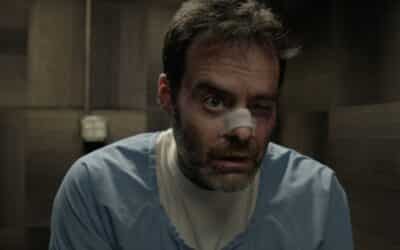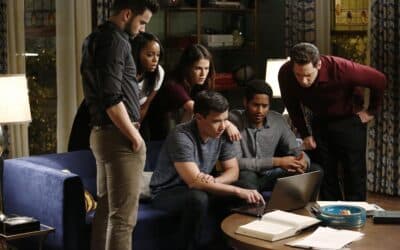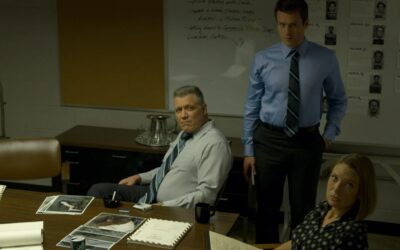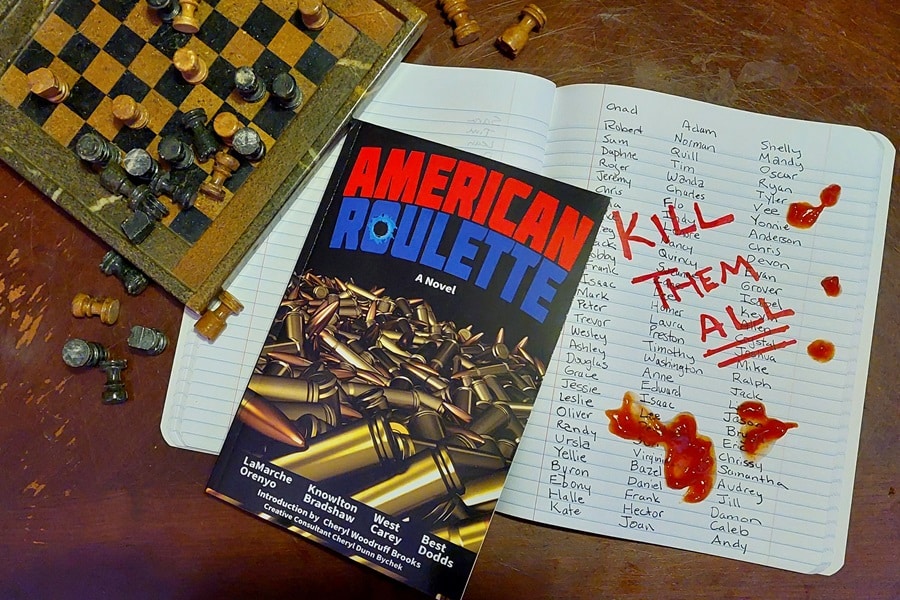
American Roulette
Interview by JC Gatlin
Get down… Stay out of sight… Don’t make a sound… This one’s a shocker.
American Roulette depicts eight characters in vignettes that propel them into the path of a mass shooter at the local mall. Each character’s path is written by a different author, and their individual “day in the life of” stories are interwoven into one cohesive mystery-suspense novel. What’s more, the creative team is donating all profits to organizations which promote responsible gun legislation and provide services to victims of gun violence.
We interviewed some of the authors who crafted the character paths in American Roulette, including Matthew Best, Pat LaMarche, J M West, Sherry Knowlton, and James Dodds, along with their editor, Cheryl Bychek. Here’s the story in their own words about how they pushed each other out of their respective comfort zones to write a unique page-turner with social commentary.
Q. What inspired the idea for American Roulette?
James Dodds: It was Matthew’s idea. He wanted to speak out to the masses about what was in his heart.
J M West: I think the number of mass shootings and their destruction spurred him to do more than say, “Our thoughts and prayers are with you,” which is inadequate.
Matthew Best: I saw the endless typical response-cycle that happens after each shooting. What was missing was the humanity in the situation. If mass shootings are just some abstract “issue” to be debated, then it will continue. But if we can see the humanity, we have a chance at actually doing something to stop them.
Pat LaMarche: He felt that nothing was more dehumanizing than a mass killing. Certainly, the victims seem to mean nothing in the eyes of the killer.
Q. How did the concept of a group collaboration come to fruition?
James Dodds: Matthew approached Pat, who assembled the team of authors.
Pat LaMarche: He wrote to me in January 2023 (about) a “get to know the victims” concept before the carnage began. When I read his idea – to follow multiple characters through their lives on the day of a mass shooting – I thought it was brilliant. But I also thought it was a massive commitment for a man who’d never written a book before. I suggested that we invite different authors to write each character.
J M West: Pat suggested using eight different writers, and separate writers for the introduction and conclusion with Robert Bradshaw, an expert on crisis management, to frame the first and last chapters.
Sherry Knowlton: When Pat asked me to be involved, I immediately agreed. The idea of being one of several authors to write a novel was intriguing. Also, I’ve long been a proponent of better gun control laws and thought this book might have a small impact in achieving that goal.
J M West: Pat and Sherry shared duties for making a map of the mall, syncing the time of day, making a grid of parameters, and editing. We also had a writer’s retreat one weekend, and we met and edited each chapter with a skilled editor.
Pat LaMarche: We were lucky to have Cheryl as our guide. She didn’t write any of the individual parts but gave creative advice to all of us and helped us bring the characters’ stories together. Her dispassionate oversight really pulled us together and gave the book the needed cohesion.
Cheryl Bychek: After the authors had a couple of Zoom meetings to begin shaping the story and their characters, Pat called, told me about the project, and asked me to consult with them on blending the narratives into a single story, keeping all aspects of the story and the timeline congruent, and proofreading and editing the final manuscript.
Q. What part of the book was the most fun to write?
Matthew Best: The part I enjoyed writing was the very beginning. It’s where my character took shape for the remainder of the book.
Sherry Knowlton: I wrote the Earl Bricker character who ended up becoming the “good guy with a gun” that many offer as the solution to gun violence incidents. Although he’s a bit of a good ole boy, I tried to make Earl a well-rounded character with depth. Still, I had a great time writing the fish-out-of-water scenes where Earl is in Macy’s formal wear department with his wife while she’s shopping for a mother of the bride dress.
J M West: My character, Leah, is a reading specialist/tv personality, who becomes more confident of herself. My favorite part includes the scene about The Narnia Chronicles because the lion Aslan is a Christ-like figure who saves the children by sacrificing himself—very symbolic to American Roulette.
James Dodds: Until the characters all arrived at the mall, my character, Roger Elliot, was a solo actor in his own story, as were all the other characters. Once at the mall, however, I got to work directly with the other authors whose characters interacted with mine. Pinging off of each other definitely amped up the creative juice flow.
Pat LaMarche: Spoiler alert – for me it was the end – I got to pull the threads on the other characters. Out of a deep respect for the story, I can’t say any more about that… you’ll just have to read it.
Cheryl Bychek: I didn’t write a single word, though I weighed in on every single one of them. <chuckle>
Q. What was the most difficult part of the collaborative writing process?
J M West: Editing and revising–although necessary–are always the most difficult aspect of the publishing process. Eight individuals collaborating collectively on a novel is possible but not easy.
James Dodds: Not having complete control over ALL the writing was a curse and a blessing. A curse, because after decades of editing the work of others, my hand reflexively twitches for the red pen when I see something I’d have written differently. A blessing because I didn’t have to write the whole thing!
Pat LaMarche: We would get edit requests from Sunbury Press (the publisher) and – if substantive – we’d have to go back to the individual author who’d written that character for approval. Yeah, phew… daunting at times.
Sherry Knowlton: The ending food court scenes were the most difficult because a few of us had to create a very specific timeline and ensure that all the individual character chapters meshed with that timeline and with each other.
Cheryl Bychek: As an editor and creative collaborator my job was to allow each author’s individual character’s voice to stand on its own. It was challenging to keep the timeline straight and assure the scenes made sense in terms of how long they would likely take in real time so that our readers wouldn’t be taken out of the story by having to wonder if the timing made sense.
Pat LaMarche: This writing process wasn’t anywhere near as tough as it should have been. Every one of us had the same goal – to create a compelling character and conjure a fair amount of mystery. It is a murder mystery after all.
Q. What do you hope readers take away from American Roulette?
Sherry Knowlton: I really hope American Roulette serves as a wake-up call for readers about the very real danger of gun violence for all of us who live in America today. And I hope it spurs them to become advocates for legislative and other solutions to this problem.
Pat LaMarche: First of all, I think it’s a first-rate mystery. Well written and compelling. Secondly, I hope we start talking about gun violence and the victims. We titled the book American Roulette because of the random nature of the killings. Odds are – in the United States – that there’ll be at least one mass shooting today.
Cheryl Bychek: I hope reading this book will challenge the belief that Americans are ever safe from gun violence anywhere. On the 296th day of the year our country had an average of 1.9 mass shootings per day. Anyone who imagines him/herself to be safe from that statistic is living a fantasy.
Matthew Best: I hope the reader takes away the humanity that is throughout the book and that it guides them as they go forward. What this means is that mass shootings aren’t about the abstract issue of guns or violence, rather mass shootings are about people like the characters in the book, like the reader themselves and their loved ones, and because of that, I pray the reader feels compelled to act and speak up.
About the Author
Matthew Best
Matthew Best serves as pastor of Christ Lutheran Church as well as the executive director of the Christ Lutheran Health Ministries, Harrisburg, PA.
Cheryl Bychek
As the primary editor for the publishing arm of the Charles Bruce Foundation, Cheryl is an expert proofread and editor and an independent consultant.
James Dodds
James Dodds is a recovering technical writer. Originally a creative writing student in college, James turned to technical writing as a more reliable career. After decades of boring software users everywhere, he was finally able to return to storytelling.
Sherry Knowlton
Sherry Knowlton, award-winning author of the Alexa Williams suspense novels, Dead of Autumn, Dead of Summer, and Dead of Spring developed a lifelong passion for books as a child. Now retired from executive positions in the health insurance industry, Sherry runs her own health care consulting business. She is also “rewriting retirement” by turning her passion for writing into a new career.
Pat LaMarche
Pat LaMarche, an award-winning broadcaster and journalist, has spent a lifetime traveling around the world and across the nation telling the tales of ordinary folks living through unimaginable hardship. Her two non-fiction books, Left Out in America and Daddy, What’s the Middle Class?, exposed the harsh realities of life for the impoverished American and their ongoing struggle to survive.
J M West
J M West, author of the Carlisle Crime Cases features Homicide Detectives Christopher Snow and Erin McCoy, is a Professor Emerita of English Studies at Harrisburg Area Community College, The Gettysburg Campus.
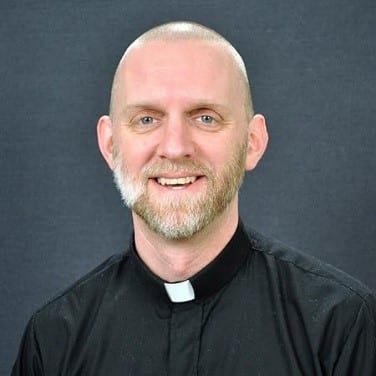
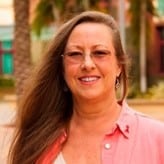

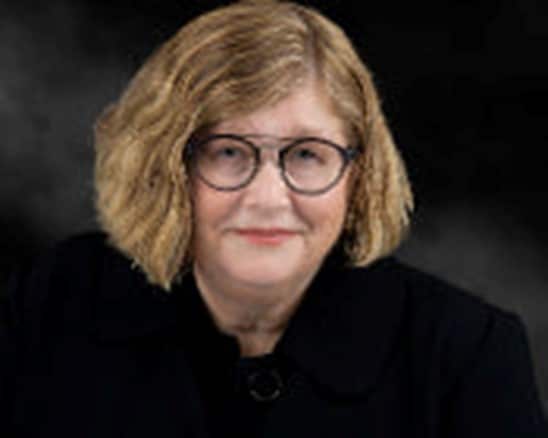
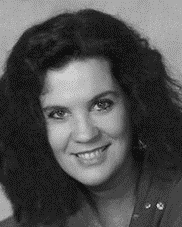
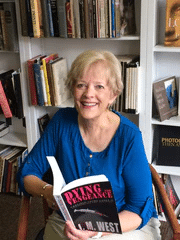
More Crime Features
Killers for Hire
The best killers for hire in fiction
Campus Crime Thrillers
The Secret History, Brick, and Other Campus Crime Thrillers
Criminology
The Appeal of Criminology in Crime Thrillers

